UK unemployment dropped to 4.8% in the three months to March, down from 4.9%, better than expectation of 4.9%. Unemployment rate remained 0.8% higher than pre-pandemic period of December 2019 to February 2020. Employment rate was estimated at 75.2%, -1.4% below pre-pandemic level. Average earnings including bonus rose 4% 3moy, below expectation of 4.6% 3moy. Average earnings excluding bonus rose 4.6% 3moy, matched expectations. Claimant count dropped -15.1k in April.
France GDP rose 0.3%, matched expectations
French GDP rose 0.3% qoq in Q4 2018, same pace as prior quarter and matched expectation. Looking at the details, household consumption expenditures decelerated (0.0% after +0.4%), likewise total gross fixed capital formation slowed down (GFCF: +0.2% after +1.0%). Overall, final domestic demand excluding inventory changes decelerated: it contributed 0.1 points to GDP growth, after 0.5 points in the previous quarter.
Imports bounced back in Q4 (+1.6% after −0.7%) and exports accelerated significantly (+2.4% after +0.2%). All in all, foreign trade balance contributed positively to GDP growth again: +0.2 points, after +0.3 points in Q3. Conversely, changes in inventories contributed negatively to GDP growth (−0.1 points after −0.5 points).
Fed Barkin: It makes perfect sense to normalize policy
Richmond Fed President Barkin said “it’s time both on rates and on the balance sheet to normalize where we are”. He added, with “inflation this elevated and the economy still this strong, it just makes perfect sense to do that.”
“When we get to the fall, I think we’re going to have a lot more information on the strength of the economy, we’ll have a lot more information on the pace of inflation. Those are the two things I’m paying the most attention to, and the stronger inflation and the stronger the economy, the more the case to do more, and to the extent that the two are weaker, the better the case is to do less,” he said.
WTI oil breaks 70, focus shits to 63/67 support zone
WTI crude oil fell sharply overnight, breaking 70 psychological level for the first time since June. Further decline is expected in the short-term from technical perspective. But 63/67 support zone is expected to provide a floor to contain this downtrend.
This selloff is driven by several key factors. The primary concern is demand destruction in the fuel market, underscored by EIA reporting a larger-than-expected increase in US gasoline inventories. Additionally, persistent worries about China’s economic health are adding to the bearish sentiment in the oil market. This concern is exacerbated by Moody’s downgrade of China’s A1 rating outlook from stable to negative. Market skepticism regarding the effectiveness of OPEC+’s production cuts also plays a role.
Technically, WTI’s strong break of 72.65 support confirms resumption of the fall from 95.50. Further decline is expected as long as 74.23 resistance holds. Break of 61.8% projection of 91.07 to 72.65 from 79.77 at 68.38 is envisaged.
Strong support is expected from 63.67/66.94 zone to contain downside to complete the five wave sequence from 95.50, and bring sustainable rebound. Even if 63.67 is breached, 100% projection at 61.35 should provide the floor, preventing further substantial drops in oil price.
UK PMI construction dropped to 45.3, retrenchment could soon spillover to other parts of economy
UK PMI Construction recovered to 45.3 in July, up from 43.1 (10 year low) but missed expectation of 46.0. And, it’s still the fifth straight month of sub-50 contraction reading. Markit noted that construction activity fell for the third month in a row. There was sharp drop in new work and purchasing activity during July. Business optimism also slid to its lowest since November 2012.
Tim Moore, Economics Associate Director at IHS Markit, which compiles the survey:
“UK construction output remains on a downward trajectory and another sharp drop in new orders has reduced the likelihood of a turnaround in the coming months.
“Total business activity declined at a softer pace than the ten-year record seen in June, but this should not detract attention from the challenges ahead for the construction sector. Customer demand has been squeezed on all sides in recent months, which has pushed down business expectations to the lowest since the second half of 2012.
“July data revealed declines in house building, commercial work and civil engineering, with all three areas suffering to some degree from domestic political uncertainty and delayed decision-making.
“Construction companies have started to respond to lower workloads by cutting back on input buying, staffing numbers and sub-contractor usage. If the current speed of construction sector retrenchment is sustained, it will soon ripple through the supply chain and spillovers to other parts of the UK economy will quickly become apparent.”
Eurozone retail sales dropped -1.3% mom in Jul, non-food products dived
Eurozone retail sales dropped -1.3% mom in July, much worse than expectation of 1.3% mom. Volume of retail trade decreased by -2.9% mom for non-food products, remained unchanged for food, drinks and tobacco and increased by 4.3% mom for automotive fuels.
EU retail sales dropped -0.8% mom. Among Member States for which data are available, the largest decreases in the total retail trade volume were registered in Belgium (-5.1% mom), Finland (-2.0% mom) and Estonia (-1.5% mom). The highest increases were observed in Portugal and Romania (both +3.9% mom) as well as Malta (+3.2% mom).
Eurozone CPI rose to 10.7% yoy in Oct, core CPI up to 5.0% yoy
Eurozone CPI accelerated from 9.9% yoy to 10.7% yoy in October, above expectation of 9.9% yoy. CPI core (all-items ex energy, food, alcohol & tobacco also rose from 4.8% yoy to 5.0% yoy, above expectation of 4.8% yoy.
Looking at the main components, energy is expected to have the highest annual rate in October (41.9%, compared with 40.7% in September), followed by food, alcohol & tobacco (13.1%, compared with 11.8% in September), non-energy industrial goods (6.0%, compared with 5.5% in September) and services (4.4%, compared with 4.3% in September).
Bundesbank: German economic rose strongly in Q2, to be even stronger in Q3
Bundesbank said in the latest monthly report, “the German economic output increased strongly again in the second quarter of 2021.”
“Provided that there are no significant setbacks with a view to the pandemic and the supply bottlenecks in the industry at least gradually decrease, the overall economic expansion rate is likely to be even stronger in the summer quarter,” it added.
Real GDP could finally reach pre-pandemic level again in Q3.
RBA rate cuts failed to lift consumer sentiments, AUD/JPY vulnerable
Australia Westpac Consumer Confidence dropped -0.6 to 100.7 in June. Westpac noted that it’s a “disappointing result” given the RBA’s rate cut on June 4. Also, the results suggests “deepening concerns about the economy have outweighed the initial boost from lower rates. ” Looking at some details, economic expectations for the next 12 months dropped -4.7 to slightly pessimistic territory at 99.3. Though, House Price Expectations Index rose notably by 22.7 to 109.7, in clear response to the rate cut.
Westpac also said “initial sentiment reaction to the June rate cut will be somewhat disappointing for the Bank”. After disappointing Q1 GDP, RBA will need to “make a further downgrade to its growth forecasts”. And “the case for further policy easing remains clear”. Westpac expects another 25bps cut in August.
AUD/JPY is staying in consolidations above 74.96 temporary low for looks vulnerable For now, further decline is expected as long as 76.39 minor resistance holds. Break of 74.96 will resume the fall form 80.71.
US ISM manufacturing falls to 48.7, corresponds to 1.7% annualized GDP Growth
US ISM Manufacturing PMI fell from 49.2 to 48.7 in May, below expectation of 49.8. Looking at some details, new orders fell from 49.1 to 45.4. Production fell from 51.3 to 50.2. Employment rose from 48.6 to 51.1. Prices fell from 60.9 to 57.0.
ISM said: “The past relationship between the Manufacturing PMI and the overall economy indicates that the May reading (48.7 percent) corresponds to a change of plus-1.7 percent in real gross domestic product (GDP) on an annualized basis.”
Eurozone PMI services finalized at 48.3, improvement in sentiment adds to hopes of Q3 growth
Eurozone PMI Services was finalized at 48.3 in June, up from May’s 30.5. PMI Composite was finalized at 48.5, up from May’ 31.9. Among some member states France PMI composite rose to 51.7, Spain rose to 49.7, Italy rose to 47.6, Germany rose to 47.0, Ireland rose to 44.3. All were 4-month highs.
Chris Williamson, Chief Business Economist at IHS Markit said:
“The headline eurozone PMI surged some 17 points in June, a rise beaten over the survey’s 22-year history only by the 18-point gain seen in May. The upturn signals a remarkably swift turnaround in the eurozone economy’s plight amid the COVID-19 pandemic. Having sunk to an unprecedented low in April amid widespread business closures to fight the virus outbreak, the PMI has risen to a level indicative of GDP contracting at a quarterly rate of just 0.2%, suggestive of strong monthly GDP gains in both May and June. An improvement in business sentiment meanwhile adds to hopes that GDP growth will resume in the third quarter.
“However, despite the vigour of the return to work following COVID-19 business closures, we remain cautious as to the strength of any longer-term recovery after the immediate rebound. Companies continued to report weak underlying demand in June. Many remained risk averse, being reticent to commit to spending and hiring due to persistent uncertainty as to the economic outlook, and in particular the likely sustained weakness of demand for many goods and services due to the need to retain many social distancing measures. While confidence in the future has improved, it remains well below levels seen at the start of the year, reflecting how many businesses are far from back to normal.”
Germany PMI composite rose to 56.2, continued to regain momentum
Germany PMI Manufacturing dropped from 59.8 to 58.5 in February, below expectation of 59.4. PMI Services rose from 52.2 to 56.6 in February, above expectation of 53.2, highest in six months. PMI Composite rose from 53.8 to 56.2, also the highest in six months.
Phil Smith, Economics Associate Director, at IHS Markit said:
“The German economy continued to regain momentum in February following December’s brief stagnation in output growth. Overall activity rose the most since last August, driven this time by the services sector as manufacturing production increased more slowly than in January, when it had provided the main impetus.
“Although goods production rose at a softer pace, data on new orders showed the fastest rise in six months. Moreover, supply chain pressures appeared to ease further as average lead times lengthened to the least extent since November 2020.
“Inflationary pressures remained strong, however. Overall input prices rose at a similar rate as at the turn of the year, despite the slowest rate of inflation in manufacturing for a year. Meanwhile, prices charged for goods and services increased at the second-fastest rate on record.”
US ADP employment dropped -2760k, job loss likely peaked
US ADP report showed only -2760k contraction in private sector jobs in May, well below prior months -19557k. By company size, small businesses lost -435k jobs, medium businesses lost -722k, large businesses lost -1604k. By sector, goods-producing companies lost -794k, service-providing companies lost -1967k.
“The impact of the COVID-19 crisis continues to weigh on businesses of all sizes,” said Ahu Yildirmaz, co-head of the ADP Research Institute. “While the labor market is still reeling from the effects of the pandemic, job loss likely peaked in April, as many states have begun a phased reopening of businesses.”
Tria: EU forecasts of Italy deficit inaccurate and incomplete
Italian Economy Minister Giovanni Tria complained that the new budget deficit forecasts for Italy by European Commission released today. The Commission projected Italy’s deficit to hit 2.9% of GDP in 2019. Even worse, Italy’s deficit is projected to hit 3.1% in 2020, breaking EU’s 3% limit. This is much higher than Italy’s own target of 2.4% in 2019.
Tria said “the European Commission’s forecasts for the Italian deficit are in sharp contrast to those of the Italian government and derive from an inaccurate and incomplete analysis.” Though, Tria also said that the projections would not affect the “continuation of constructive dialogue” with the Commission. And, the coalition government is committed to the 2.4% deficit target.
SNB Maechler: Exchange rate is important to Swiss monetary conditions and prices
SNB Governing Board member Andrea Maechler said the central bank is maintaining negative interest rates. And it’s ready to intervene in the forex markets.
She clarified that “our mandate is not to defend the Swiss franc, but price stability.” However, she added that”we are a small, open country, which means the exchange rate is important for our monetary conditions and is linked to prices.”
Also, “we have seen that if the franc is too strong, inflation goes negative”.
Fed’s Bostic: Inflation not yet at safe point for rate cuts
Atlanta Fed President Raphael Bostic emphasized caution regarding interest rate cuts, stating that the US economy is not yet past the “worry point” for inflation to return to the target of 2%.
Speaking at an event overnight, Bostic highlighted the robustness of job growth, describing it as “a lot of energy in the economy.” This robust job growth gives him confidence in maintaining a “more restrictive level” of monetary policy, as he doesn’t believe there’s a risk of “falling into a contractionary environment.”
Bostic also mentioned the need to be “a little more patient” and ensure inflation is on a clear path to 2% before considering rate cuts.
He underscored the importance of moving in “one direction only” to avoid the uncertainty that would come from cutting rates only to raise them again. This approach, he believes, would prevent creating “policy uncertainty.”
UK CBI realized sales improved slightly to -50 as grocery returned to growth
UK CBI realized sales rose slightly to -50 in May, up from -55. That data suggested retail sales volumes continued to fall sharply, even at a slightly slower pace”. Also, the slightly easing of decline was largely driven by a return to growth in the grocery sector (up from -27 to 16).
Rain Newton-Smith, CBI Chief Economist, said: “The retail sector is at the sharp end of a crisis, with many businesses up against it. The government’s support packages are making a real difference, with more shops reporting that jobs have been furloughed, rather than lost. The furlough system will need to adapt as more businesses open their doors in the months ahead.
“As we gradually reopen the economy, retailers may yet need more support from the government if demand falters. Ensuring safety in the workplace remains the top priority, as more firms look to bring staff back to work. Many challenges remain in managing supply chains and costs in a tough environment.”
RBNZ Ha: Omicron doesn’t change economic outlook, just reinforces downside risks
In a WSJ interview, RBNZ chief economic Yuong Ha said the central bank would have raised interest rate even if Omicron was know before the meeting last week.
He said New Zealand is now “transitioning into a new Covid protection framework” and people are “getting used to the idea of living with Covid”. Hence, Omicron doesn’t change the outlook. “It probably just reinforces the downside risks we saw in the projections,” he said.
RBNZ will be in a better place to assess Omicron’s economic impact at next meeting in February. “If Omicron turns out to be a massive game changer, that might be kind of like August where we just took a pause,” Ha said.
Gold may lose momentum above 2100 despite strong rally
Gold accelerated sharply higher last week, propelled in part by the significant decline in US treasury yields on Friday. Technically, the key question now is whether the bounce from 1972.86 signifies the commencement of long-term uptrend resumption, or merely constitutes the second leg of the medium term corrective pattern from 2134.97.
For now, favor is mildly on the latter case. Hence, while further rally is likely through 100% projection of 1972.86 to 2088.24 from 1984.05 at 2099.43, Gold should start to lose upside momentum above there, and top below 2134.97.
Nevertheless, further upside acceleration above 2099.43, or around 2100 in short, would argue that Gold is already ready to resume the long term up trend.




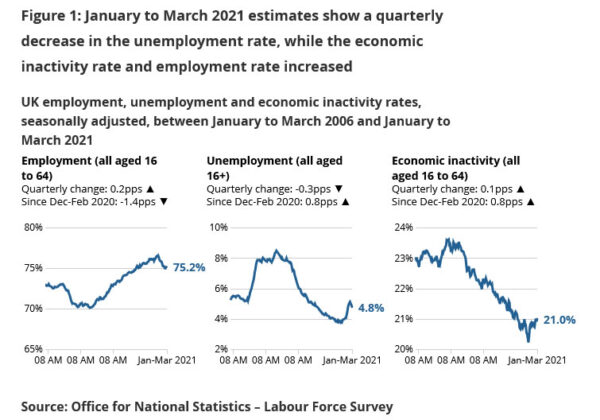
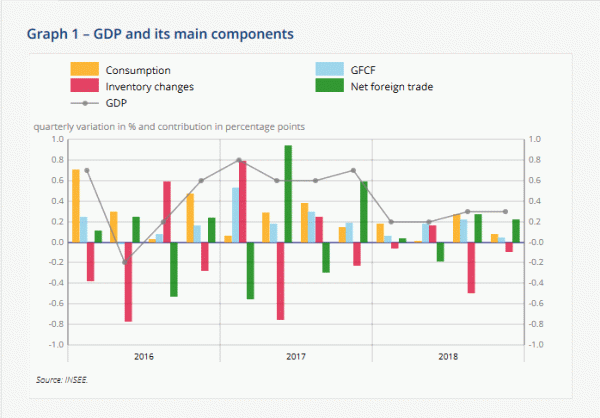
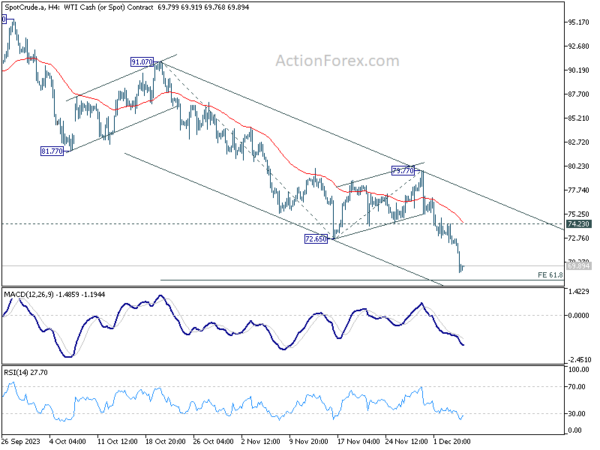
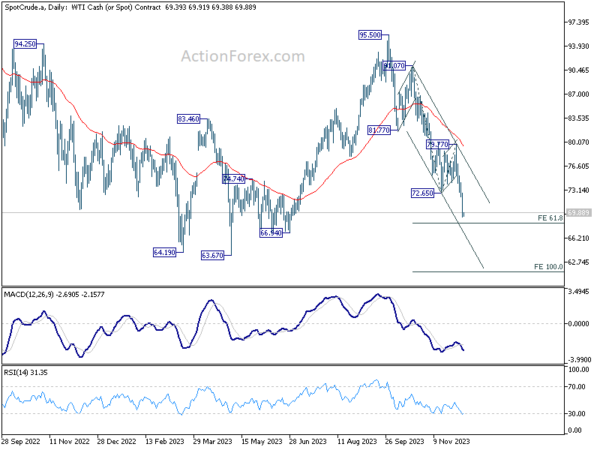
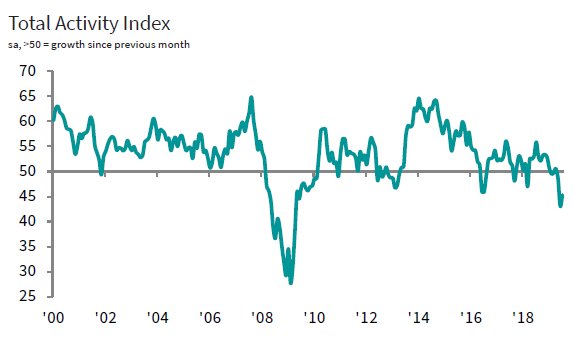
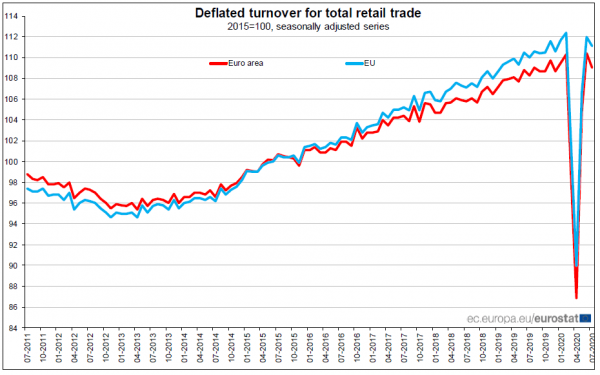
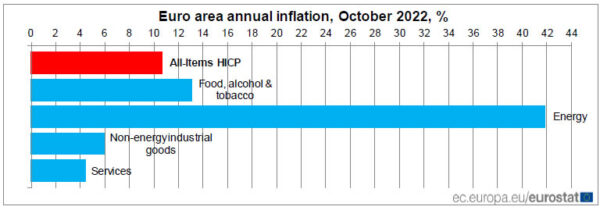
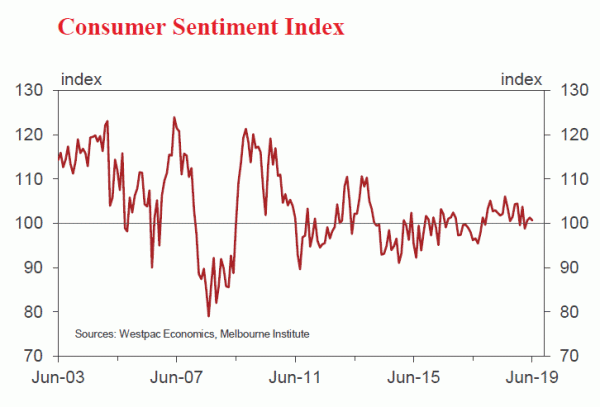
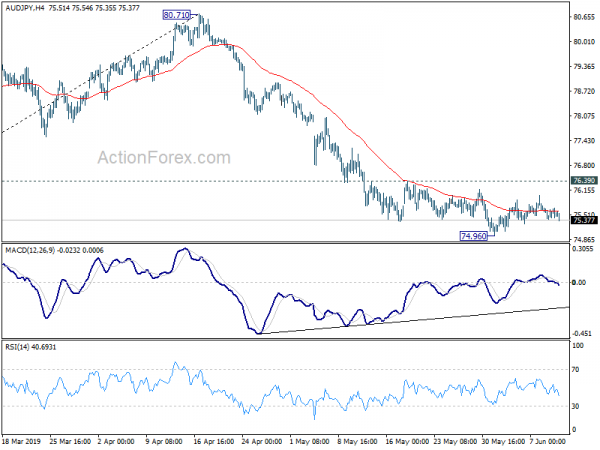
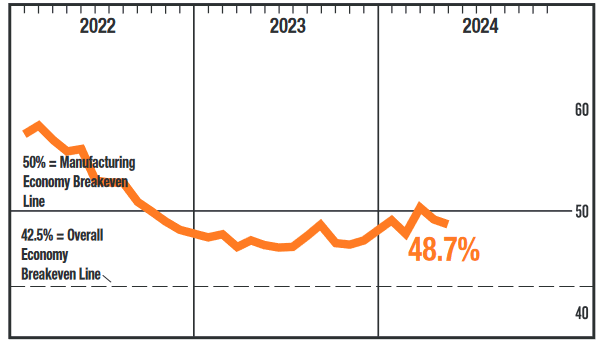
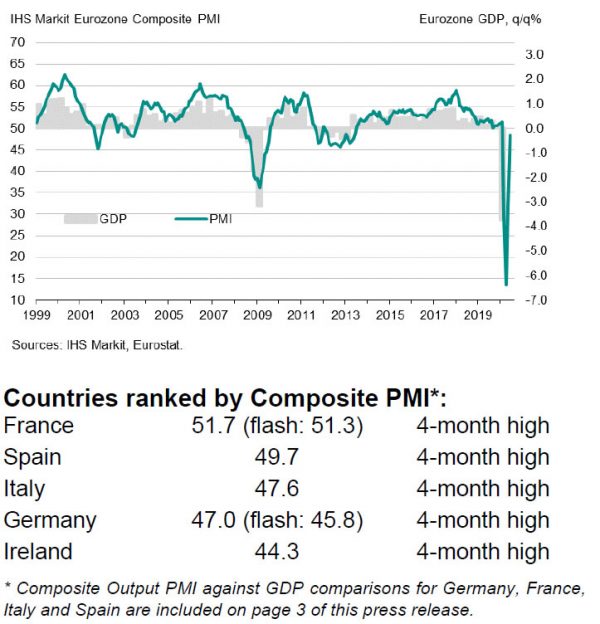
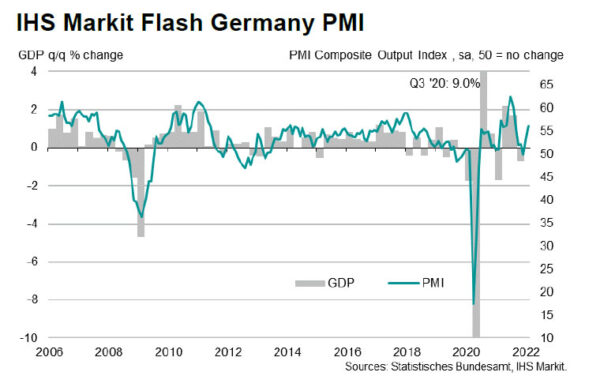

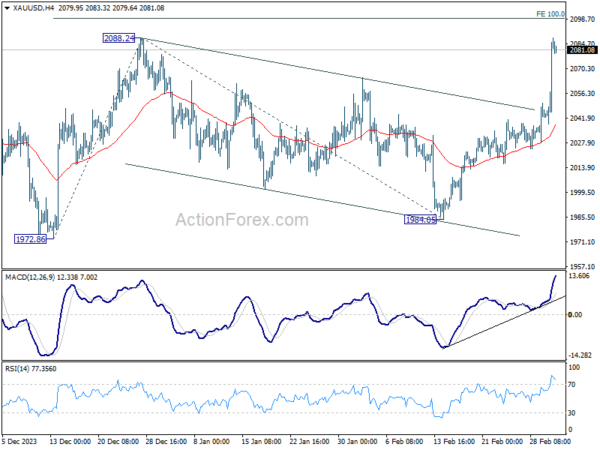
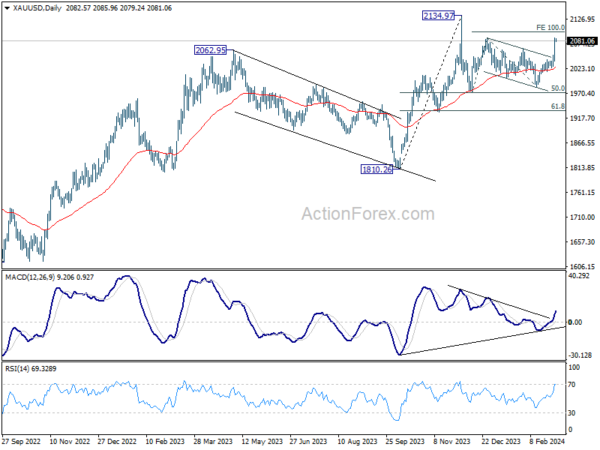

USDCAD head and shoulder top threatening bearish reversal
USD/CAD’s selloff accelerates as the US session goes on, as supported by NAFTA news. The break of 1.2814 support now raise the chance of a head and shoulder top reversal pattern. (ls: 1.3000; h: 1.3124; rs: 1.2942). But for now, we’d prefer to see sustained break of 38.2% retracement of 1.2246 to 1.3124 at 1.2789 to confirm.
Also bare in mind that such near term reversal would also indicate rejection by 38.2% retracement of 1.4689 to 1.2061 at 1.3065. And in that case, the rebound from 1.2061 could have completed as a corrective three waves pattern to 1.3124 too. And in that case, 1.2061/2246 support zone will be back in sight.
For now, we’ll wait and see if 1.2789 would be firmly taken out.